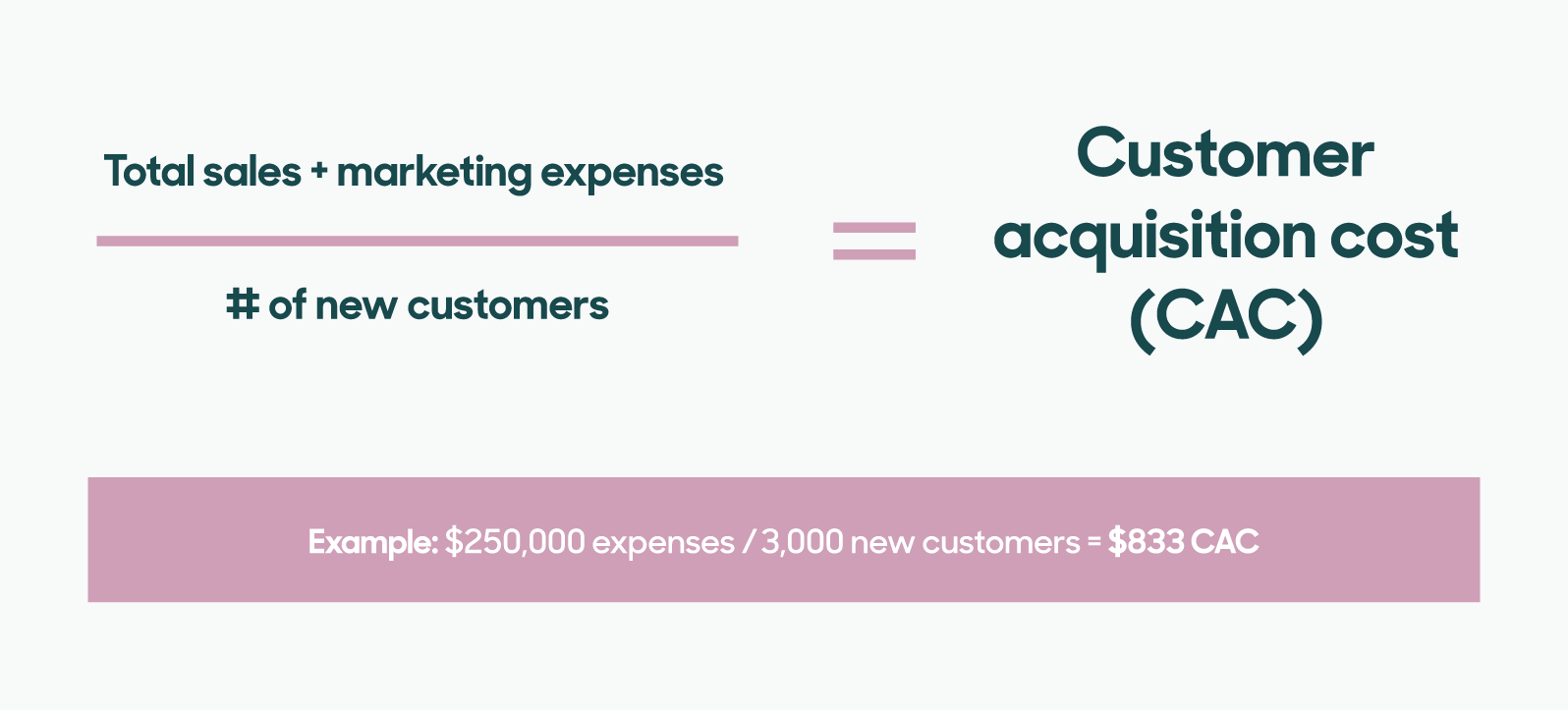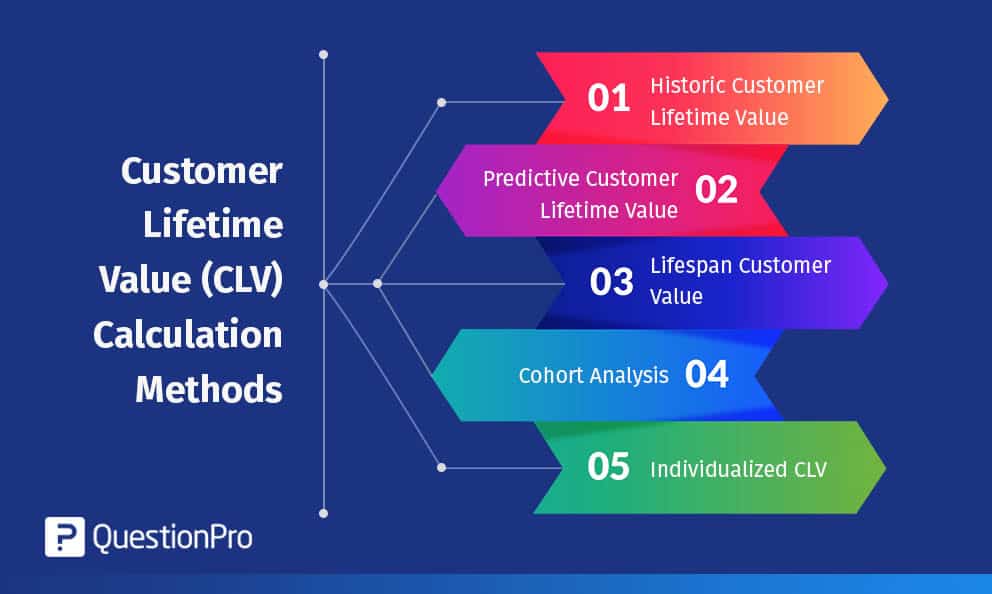In today’s digital landscape, an effective social media strategy is crucial for businesses aiming to build their brand, engage with customers, and drive growth. However, developing a strategy that truly works requires careful planning and execution. This blog post outlines the essential steps to create a successful social media strategy, from setting clear goals to conducting thorough audience analysis.
Step 1: Set Clear Goals
The first step in creating a social media strategy is to define your goals. Clear, measurable goals provide direction and a way to track your progress. Consider using the SMART criteria to set your goals: Specific, Measurable, Achievable, Relevant, and Time-bound.
- Specific: What exactly do you want to achieve?
- Measurable: How will you measure your success?
- Achievable: Are your goals realistic and attainable?
- Relevant: Do your goals align with your broader business objectives?
- Time-bound: What is the timeframe for achieving these goals?
Examples of social media goals include increasing brand awareness, driving website traffic, generating leads, boosting engagement, and growing your follower base.

Step 2: Conduct Audience Analysis
Understanding your target audience is essential for creating content that resonates and engages. Conducting a thorough audience analysis involves:
- Demographics: Age, gender, location, income, education level.
- Psychographics: Interests, values, lifestyles, behaviors.
- Social Media Preferences: Which platforms do they use most frequently? What types of content do they engage with?
Use tools like Google Analytics, social media insights, and surveys to gather this information. The more you know about your audience, the better you can tailor your content and messaging to meet their needs and preferences.

Step 3: Choose the Right Platforms
Not all social media platforms will be suitable for your business. Focus on the platforms where your target audience is most active and where your content will perform best.
- Facebook: Great for building community and sharing a variety of content types.
- Instagram: Ideal for visually-driven content and reaching younger demographics.
- Twitter: Useful for real-time updates and engaging in conversations.
- LinkedIn: Best for B2B marketing and professional networking.
- TikTok: Effective for reaching younger audiences with short-form, creative content.
- Pinterest: Suitable for visually appealing content, especially in niches like fashion, food, and home decor.

Step 4: Create Engaging Content
Content is the heart of your social media strategy. To engage your audience and achieve your goals, focus on creating high-quality, valuable content.
- Content Types: Use a mix of content types, including images, videos, infographics, articles, and stories. Diversifying your content keeps your audience engaged and caters to different preferences.
- Content Calendar: Develop a content calendar to plan and organize your posts. A calendar helps ensure consistency and allows you to strategically time your posts around events, holidays, and campaigns.
- Visuals: Invest in high-quality visuals. Eye-catching images and videos are more likely to capture attention and drive engagement.
- Storytelling: Use storytelling to make your content more relatable and memorable. Share behind-the-scenes looks, customer stories, and brand milestones.

Step 5: Engage with Your Audience
Social media is not just about broadcasting messages; it’s about building relationships. Engage with your audience by:
- Responding to Comments and Messages: Show that you value your audience’s input by responding promptly to comments and messages.
- Encouraging Interaction: Ask questions, create polls, and encourage user-generated content to foster interaction and community.
- Monitoring Mentions: Keep track of mentions of your brand across social media and engage with users who talk about your brand.

Step 6: Use Analytics to Track Performance
Regularly monitoring and analyzing your social media performance is crucial for understanding what works and what doesn’t. Use social media analytics tools to track key metrics such as:
- Engagement Rate: Likes, comments, shares, and interactions per post.
- Reach and Impressions: The number of unique users who see your content and the total number of times your content is displayed.
- Follower Growth: The increase in followers over time.
- Click-Through Rate (CTR): The percentage of users who click on your links.
- Conversion Rate: The percentage of users who take a desired action, such as signing up for a newsletter or making a purchase.
Analyze this data to identify trends, measure the success of your content, and adjust your strategy as needed.

Step 7: Adjust and Improve
Social media is dynamic, and your strategy should be flexible enough to adapt to changes. Regularly review your goals, performance metrics, and audience feedback to refine your strategy.
- Experiment: Test different types of content, posting times, and engagement tactics to see what resonates best with your audience.
- Stay Updated: Keep up with social media trends, platform updates, and industry news to ensure your strategy remains relevant and effective.
- Learn from Competitors: Analyze your competitors’ social media activities to identify opportunities and areas for improvement.

Conclusion
Creating a social media strategy that works involves setting clear goals, understanding your audience, choosing the right platforms, creating engaging content, and continually analyzing and adjusting your approach. By following these steps, you can develop a strategy that not only enhances your social media presence but also drives meaningful results for your business. Remember, success in social media marketing comes from consistency, creativity, and a deep understanding of your audience’s needs and preferences.









